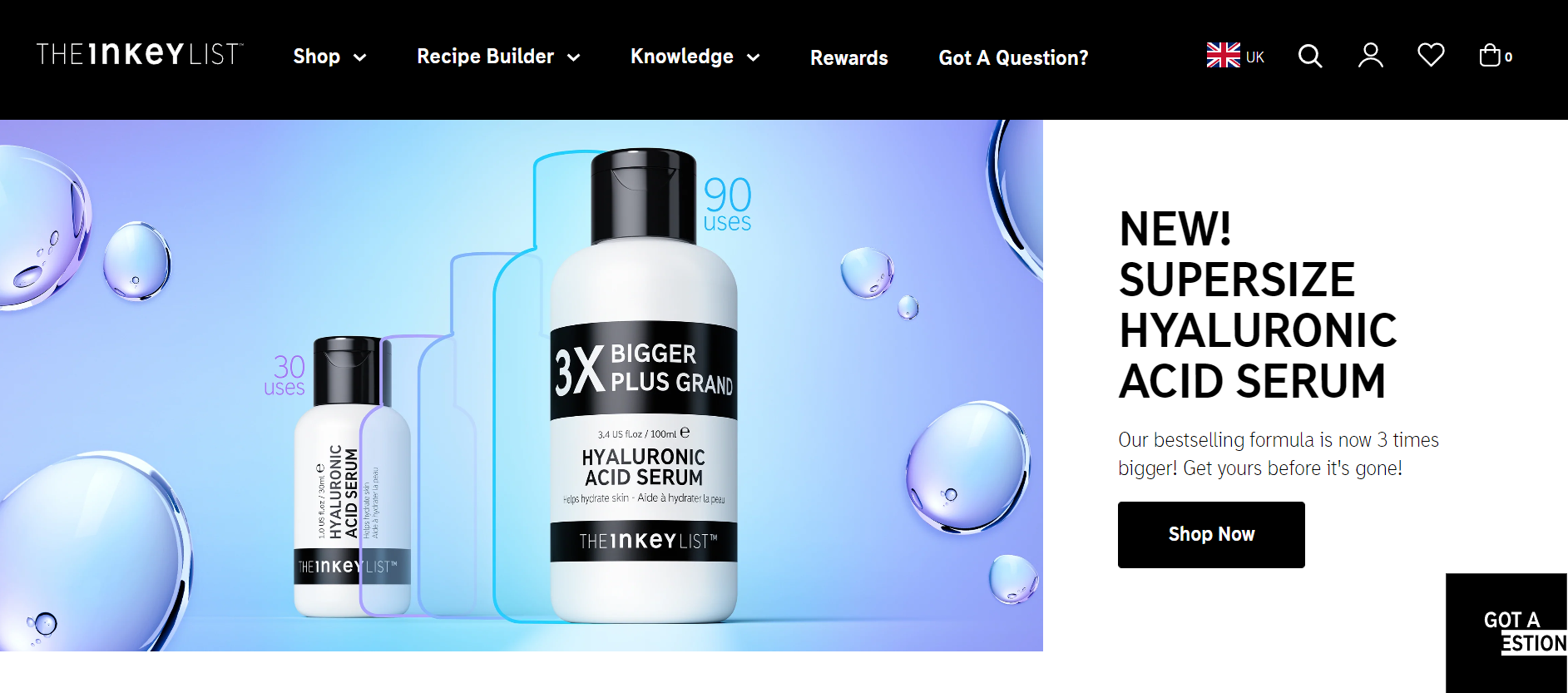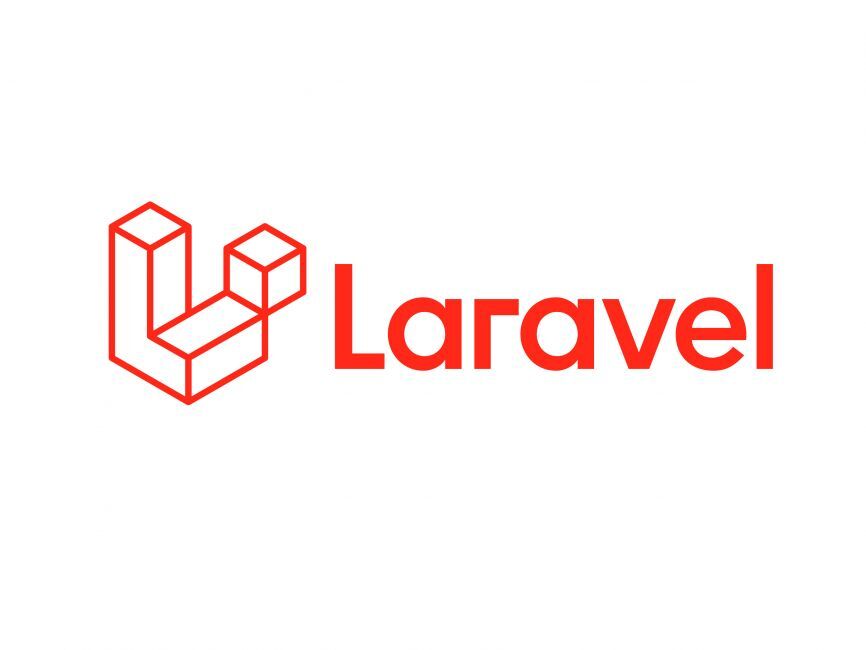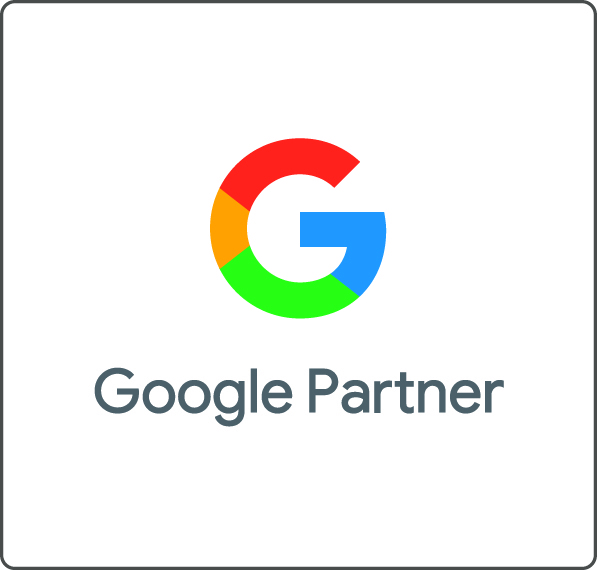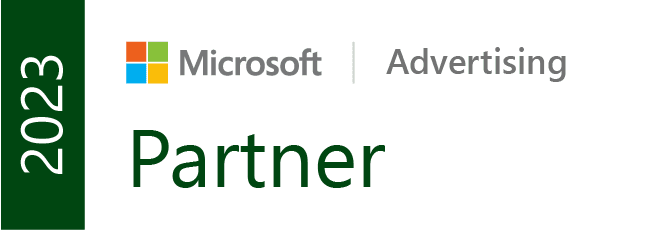In the world of SEO, content is still very much king, (or at least part of a holy SEO trinity - the other two being technical and backlinking). Get your content strategy right and you’re putting yourself in the best possible position to organically scale the search engine results pages. Get it wrong (many sites do) and you could find yourself wallowing in the murky realms of page 10 - or worse - not being indexed at all.
In this article, we’ll have a closer look at the different types of SEO content and unpick why they are so important for your SEO success. Ready? Let’s go!
How do we define ‘content’?
In the context of SEO, content refers to the information on a website that is available for indexing by search engines - be it a landing page, blog or product page. This doesn’t simply mean text, but images, infographics, videos, and various other types of media as well.
The quality and relevance of a website's content is a vital factor in determining its organic ranking in the SERPs. To put it bluntly, if your website doesn’t have optimised, relevant content, or is of a particularly low quality, its rankings will tank. To improve a website's SEO value, it is important to have high-quality, unique content that is regularly updated and well-optimised. This can help attract more traffic to the website and improve its visibility online.
So what is meant by high quality content? Over to Google’s oracle on optimisation, John Mueller:
“When it comes to the quality of the content, we don’t mean like just the text of your articles. It’s really the quality of your overall website. And that includes everything from the layout to the design. Like, how you have things presented on your pages, how you integrate images, how you work with speed, all of those factors they kind of come into play there.”
Why is content important for SEO?
Content helps search engines understand what a website is about, establish intent and how it may be relevant to users' search queries. When a website visibly has great content, both in terms of words and images, search engines are more likely to rank it higher in their results page, leading to increased traffic to the website. Additionally, regular updates to a website's content can help keep it fresh and relevant, which is also a rankings-winner as well as being hit with the visitors to your website. No one wants to see your latest blog from 2019 do they?
Without content, Google and co won’t have enough information to index web pages correctly meaning it'll never be seen. You can have the best products or brand in the world, but if your website is just floating aimlessly around CyberSpace without ever making it to the higher SERPs, then you’ll never be visible to your target market.
So in summary, by investing in a strong search engine optimisation content strategy, you can expect to add real value to your business’ bottom line.
What are the different types of SEO content?
- Commercial content: Commercial content is used to promote a site’s services pages, product pages or category pages. Strategic intent-focused keywords along with on page elements and visuals all play a vital role in commercial content, along with reviews, FAQs, case studies, etc.
- Informational content: This is content that is written with the goal of providing information and value to users, rather than promoting a specific business, product, or service. Examples include blogs, guides, ‘how to’ articles and industry related content. It is typically focused on a particular topic or keyword and is written in a way that is engaging and informative, with a view to helping a website establish itself as an authority on a particular topic.
- Visual content: visual content refers to the use of images, infographics, and other visual media in web pages. These can enhance content by making it more interesting and appealing to the reader and are vital for ecommerce sites where product visuals are essential (would you buy a pair of shoes without seeing a picture of them first??)
- Video content: This is rapidly becoming one of the most important forms of content marketing. Not only does it enhance the user experience by making content more engaging and appealing to visitors, but also boosts rich snippet potential. It can also lead to visitors spending more time on your site.
- On page elements: This refers to everything you control on the site and page, including the header tags, image alt tags, meta titles and descriptions. Your page’s ability to rank is greatly dependent on how well optimised these elements are. On-page SEO helps search engines analyse your website and the content connected to it so that it can identify if a searcher's query is relevant to your site and also improves the user experience on a website.
What does good content look like?
Good content incorporates a number of different elements. As per John Mueller’s advice, content is not just about text, but also structure, visuals, headers, etc. It also depends on the type of page you are creating content for, as detailed below:
Informational pages (blogs, articles, etc)
A study by Hubspot revealed that businesses who blog experience 55% more traffic to their sites, along with 97% more inbound links and a staggering 434% more indexed pages. With such huge potential, nailing your informational content has never been more important.
As always, relevance is key. This means writing well structured in-depth human-first content that addresses common queries or topics related to your niche, with intent-focused keywords used in a natural and appropriate way. Descriptive header tags and FAQ Schema containing long-tail and question-like keywords should be used to help structure the page with short and concise paragraphs relating directly to the heading which will help boost Featured Snippets opportunities.
Commercial pages (products or services)
Whether it’s B2B or B2C, ecommerce sites need to have content front and centre of their SEO strategy campaigns. A business with a well-optimised, high quality site will have put in a lot of groundwork ahead of launching their business online, including:
- In-depth keyword research reflecting search intent
- Detailed product descriptions
- No duplicated content
- Strong use of strategic keywords in anchor text
- Great use of visuals
- Alt text for images
- No broken links
- Responses to reviews - both good and bad
- Blogs about their products and services
Let’s take a look at an example of a website with great SEO content:

Image source: The INKEY List
The INKEY List is a well-known beauty and cosmetics brand that has grown nearly 600% in just three years to become a global leader in skincare. Part of its success has to be due to its strong online marketing campaign which includes collecting attribute data based on customer demographics, including skin type and age range, to present tailored products to their site’s visitors. They also recognise the importance of SEO-optimised reviews, using long-tail keywords to boost indexing opportunities, helping the brand draw in relevant traffic from the brand’s target audience.
The brand is on the ball with their blogs too, with 128 well-optimised articles on their website. Take for example their blog Retinol for scarring and post-acne marks. This blog alone has the brand ranking on page one of the SERPs for:
- retinol for acne scars
- does retinol help acne scars
- retinol for acne scars before and after
- retinol acne scars
- retinol for scars
Reading the blog, you can see why. Great use of keywords in the headers with concise, punchy paragraphs that make them ripe for featured snippets. The content itself is authoritative and well-written with strong use of internal links throughout. All-in-all, a great example of how to get SEO content oh-so right. Bravo, The INKEY List!
Does duplicate content affect SEO?
The answer to this is a resounding yes. Google *hates* duplicate content. The recent Helpful Content Update saw a swathe of poor quality, heavily duplicated and low quality websites tumble down the SERPs. Why? Because search engines want to provide their users with the most appropriate, original and unique content possible. When there is duplicate content on a website, search engines struggle to determine which version of the content is most relevant and should be displayed in their results pages, leading to a rankings nosedive. Additionally, having duplicate content on a website can split the link equity that the website receives, which can further affect its ranking.
Does poor content affect SEO rankings?
Similar to duplicate content, poor and low-quality content can negatively impact rankings. Search engine algorithms such as Google’s E-A-T (standing for Expertise, Authoritativeness and Trustworthiness) determine the relevance and quality of a website's content in relation to a user's search query. If Google judges content on a website to be poorly written with scant adherence to E-A-T, or what it considers ‘search engine-first’ content, it is less likely to rank well in the SERPs.
Is AI-generated content good for SEO?
AI capabilities continue to expand and develop, with the recent launch of ChatGPT being the latest emerging tech threatening to disrupt the SEO landscape. While AI can help marketers with content ideation, as a general rule, any sort of AI written content is bad for SEO and could harm your rankings. This is where we loop back to Google’s E-A-T algorithm. AI is not an expert on your niche, nor does it have any sort of authoritative voice and cannot be fully trusted to generate accurate, fact-checked information. Similarly, if content marketers all end up using the same AI tools to write about the same subject matters, this will inevitably lead to duplication which, as we’ve established, is a massive no-no.
Lastly, while it strives to emulate it, AI cannot replicate the nuances, tone or individuality of human-created content which is so important for brand awareness.
Final thoughts
We’ve established that well-written, informative content can improve the user experience on your site, leading to higher levels of engagement and organic lead generation. In short, content is a critical component of SEO because it helps to improve the visibility and relevance of your website to search engines and users alike. The key takeaway here? Dismiss content at your peril.
If you’re not content with your content, why not drop our SEO team a line to discuss how to build the right content marketing strategy for your brand? With a proven track record of delivering results for a wide range of customers, we know our stuff! Why not check out a selection of some of our finest work?





